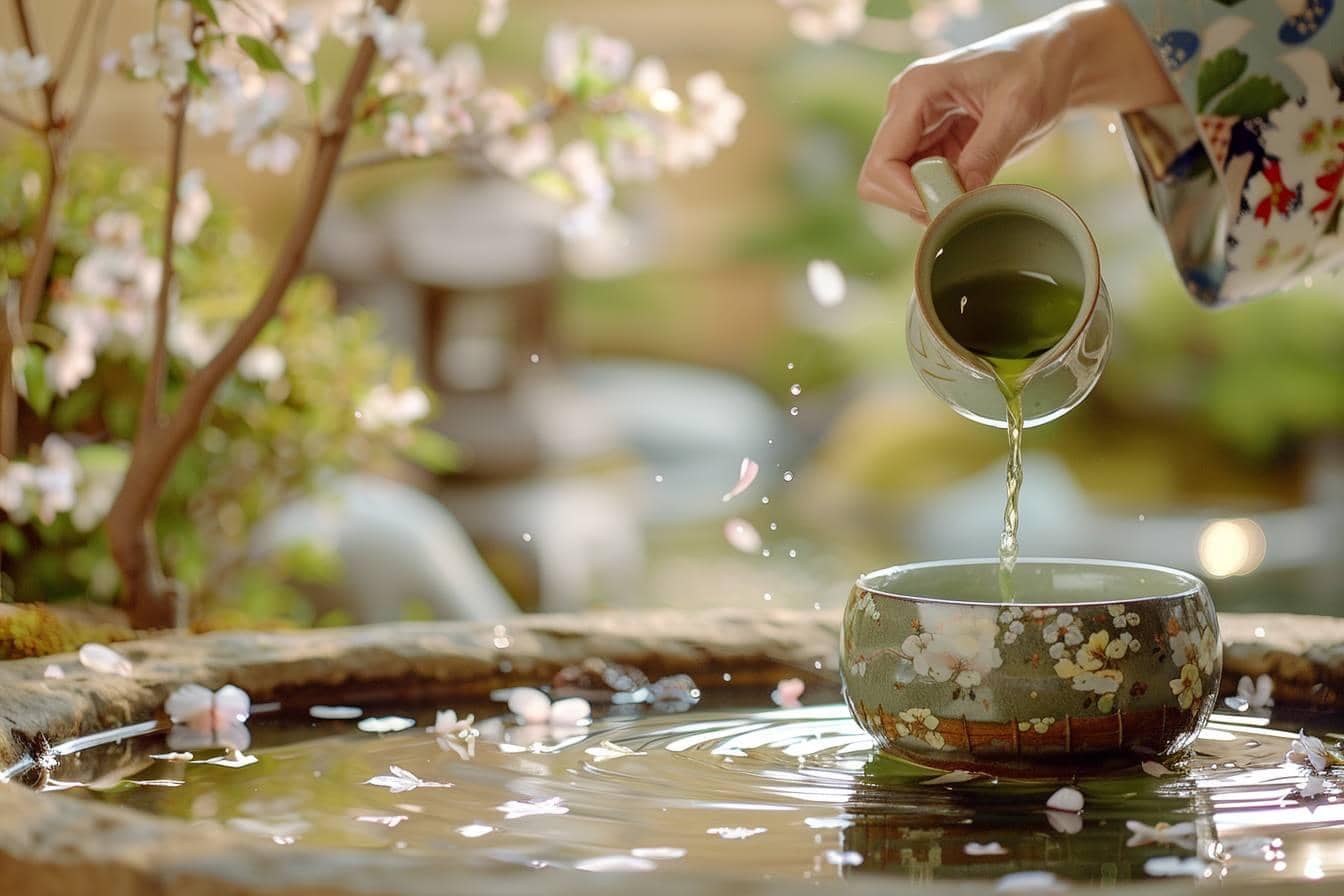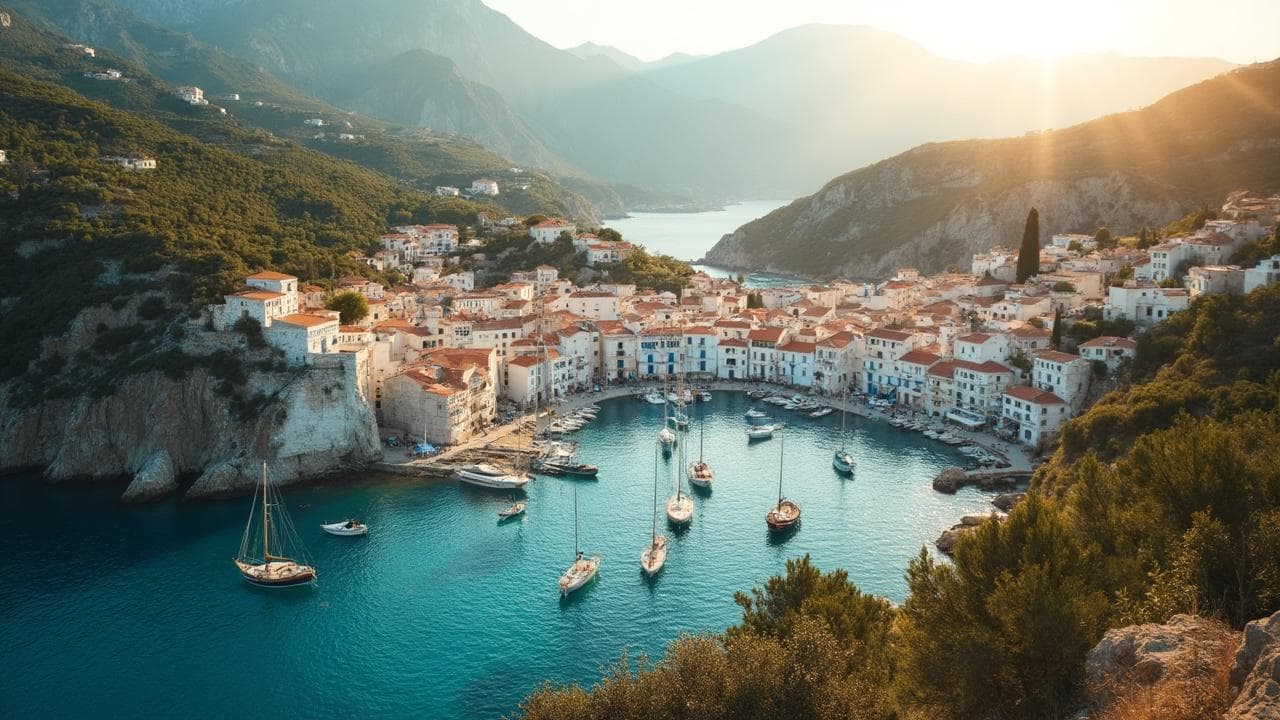As a developer who’s a bit of a nomad, having traded the city’s hustle for the freedom of the road, I’ve sought out experiences that allow me to dive deep into the cultures I encounter.
Japan, with its rich heritage and stunning natural beauty, has always been on my list. My interest in traditional arts, coupled with a love for nature, made me particularly excited about exploring the immersive cultural practices that Japan is renowned for. Let me share some uniquely Japanese experiences that have profoundly enriched my travels.
In this article
- Immersive Japanese cultural experiences you need to try
- Accommodation experiences in Japan
- Traditional cultural experiences in Japan
- Nature Experiences in Japan
Immersive Japanese cultural experiences you need to try
One of the highlights of my journey through Japan was partaking in an authentic tea ceremony experience in Kyoto.
Dressed in a traditional kimono, I was introduced to the “way of tea,” which is far more than just drinking tea; it’s a spiritual journey emphasizing harmony, respect, purity, and tranquility.
Learning the intricate gestures and the philosophy behind each movement from a seasoned tea master was enlightening. It felt like active meditation, where every action is purposeful and mindful.
In addition to the tea ceremony, I ventured into the ancient world of traditional calligraphy. Guided by a master calligrapher, this workshop was about writing and expressing inner feelings through brush strokes.
Holding the brush, I could feel a connection to centuries of Japanese culture coursing through me. Each character I attempted was a conversation with history, an attempt to capture the essence of words through art.
Accommodation experiences in Japan
My quest for cultural immersion led me to stay at a traditional Ryokan in the heart of Kyoto. Sliding paper doors, tatami mats, and futon bedding was like stepping into another era.
The Ryokan offered a serene view of a meticulously maintained Japanese garden, bringing nature indoors. The highlight was the onsen, or hot spring bath, where natural warmth and tranquility washed away all fatigue, leaving a sense of peace.
This stay wasn’t just about comfort but about experiencing the Japanese way of life, which celebrates simplicity and nature.
Following the onsen, the Ryokan staff presented a kaiseki dinner, always moving silently and efficiently. This multi-course meal was a feast for the senses, with each dish artistically arranged to reflect the seasons.
I truly understood the Japanese dedication to detail in preparation and food presentation here.

Traditional cultural experiences in Japan
Embarking further into Japan’s cultural heart, I decided to hike the Kumano Kodo pilgrimage trails. This network of ancient paths winding through mountains, forests, and small villages offered a spiritual journey frequented by emperors and pilgrims centuries ago.
Every step on these moss-covered stones felt like traveling back in time, each shrine and torii gate a testament to Japan’s spiritual landscape. The pilgrimage was a physical and metaphysical journey, revealing the enduring bond between the Japanese people and their land.
Tapping into local life, I volunteered at a matsuri, or traditional festival, in a small town. Being part of the community, wearing the festival’s happi coat, and helping carry the mikoshi (portable shrine), I was engulfed in the joy and camaraderie of the event.
The explosive sounds of the taiko drums, the vibrant costumes, and the unity of purpose created an unforgettable experience highlighting the importance of tradition and community in Japanese culture.
Nature Experiences in Japan
No journey through Japan could be complete without surrendering to its natural wonders. From the serene beauty of the Arashiyama Bamboo Grove in Kyoto to the breathtaking vistas of Mount Fuji, Japan’s landscapes are as diverse as they are mesmerizing.
I found solace in the quiet power of these sites, which, much like the cultural experiences, spoke of a deep respect for nature that permeates Japanese philosophy.
Kayaking through the waters of the Seto Inland Sea, I was struck by the tranquility of the surroundings. The juxtaposition of the calm sea against the backdrop of Japan’s rugged coastline reminded me of the natural beauty that has inspired generations of Japanese poets and artists.
These moments of solitude amidst nature’s grandeur were a powerful counterbalance to the vibrant cultural experiences, rounding out my journey through Japan.
In conclusion, my adventures in Japan were as much about discovering myself as they were about exploring the country. Each experience, from the tea ceremony to the pilgrimage trails, added a layer to my understanding of Japanese culture.
As I continue my travels, the memories of Japan remain a source of inspiration, reminding me of the beauty of tradition and the timeless appeal of nature.




